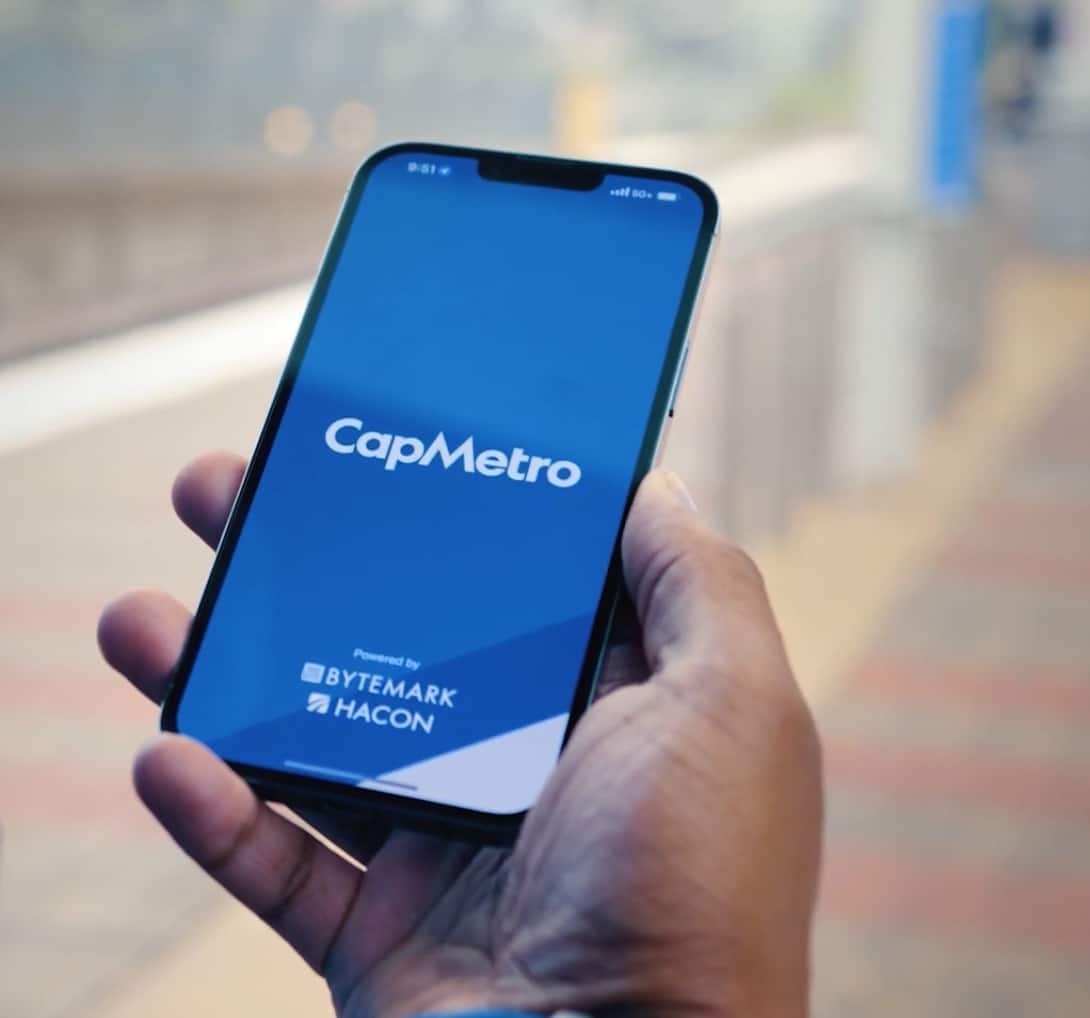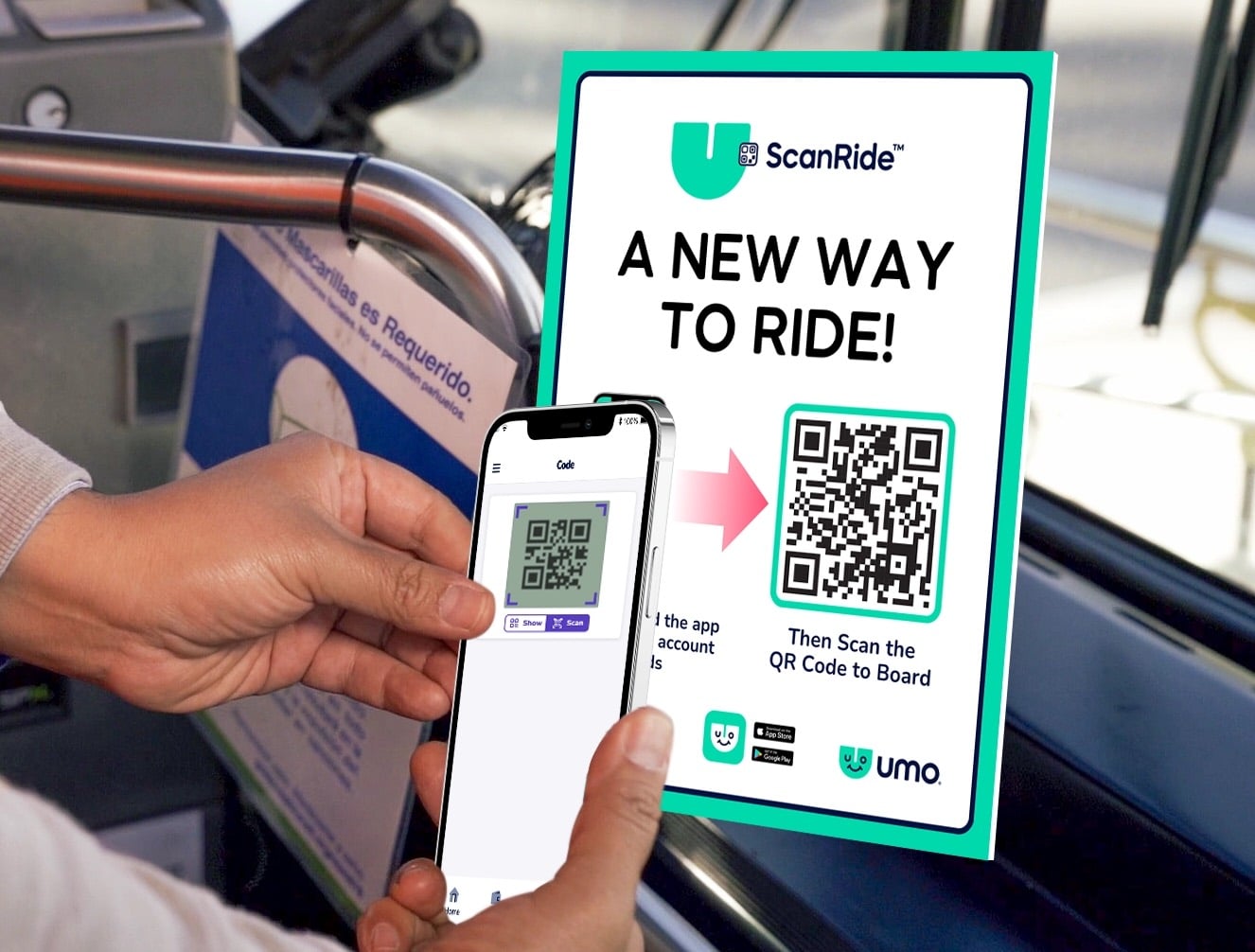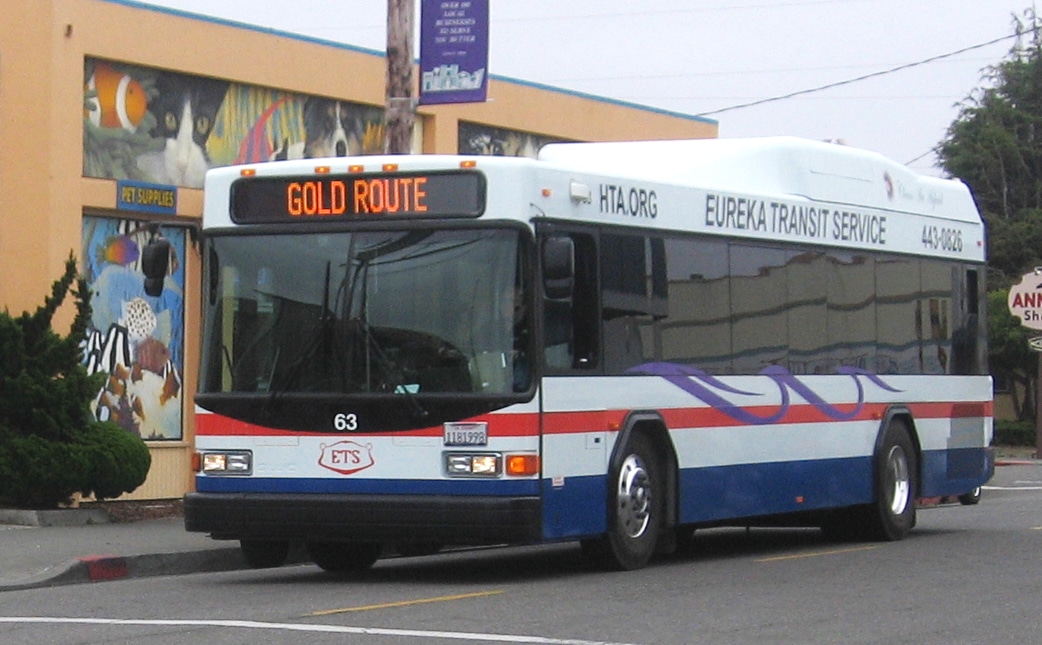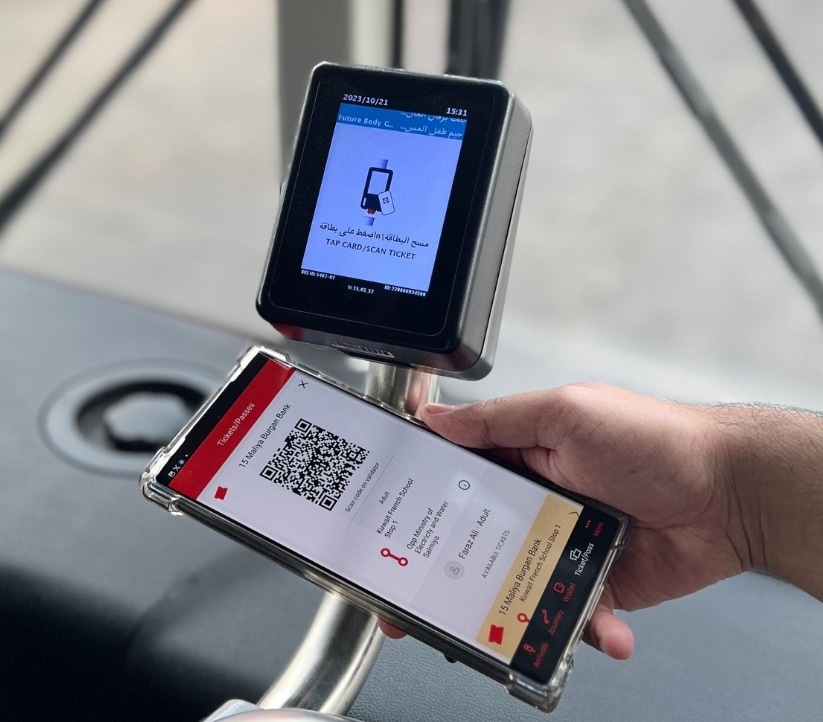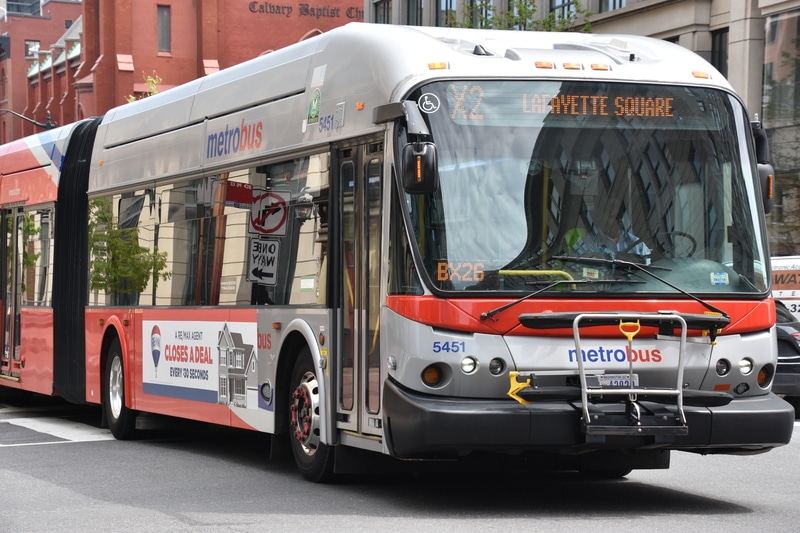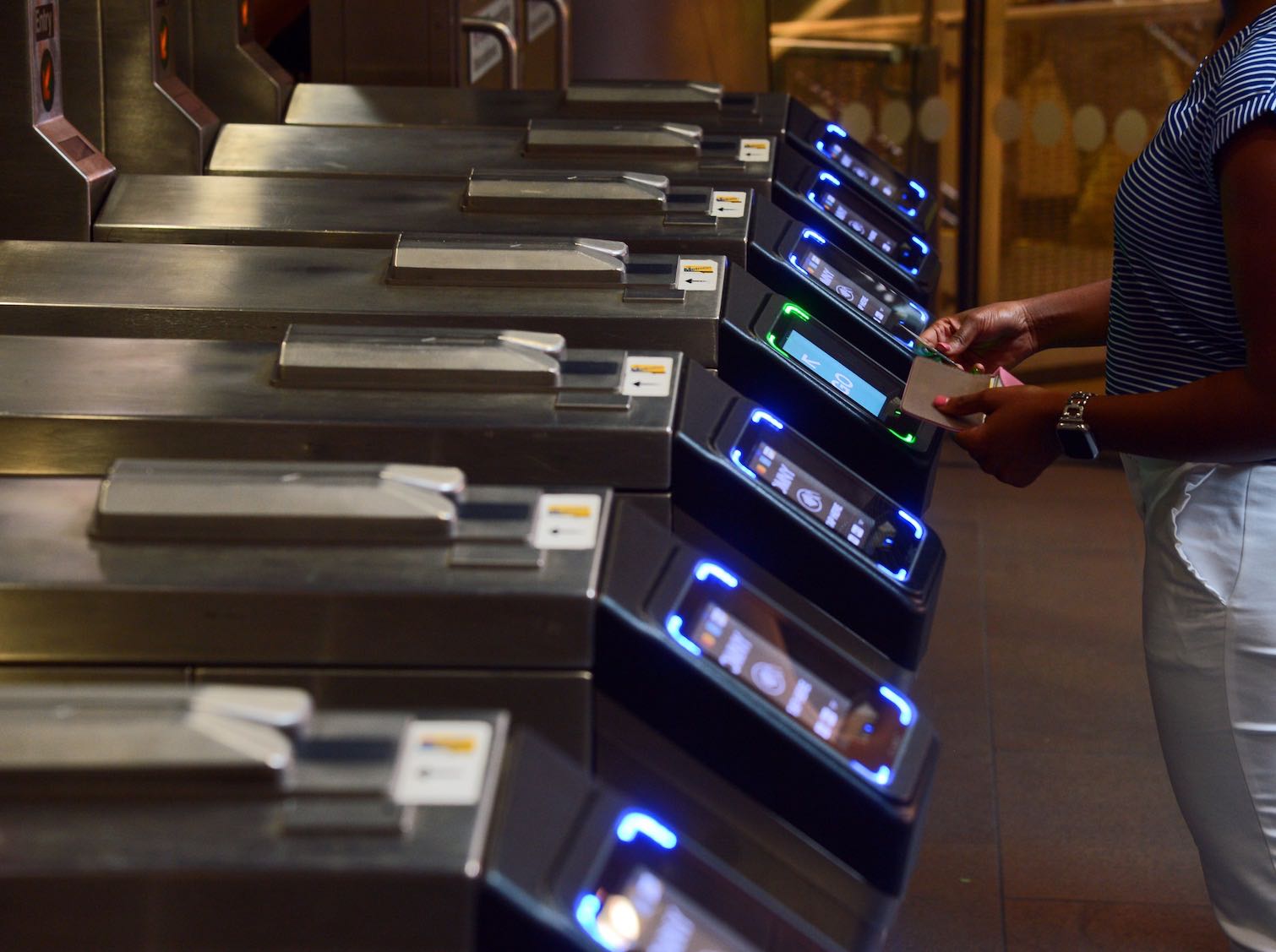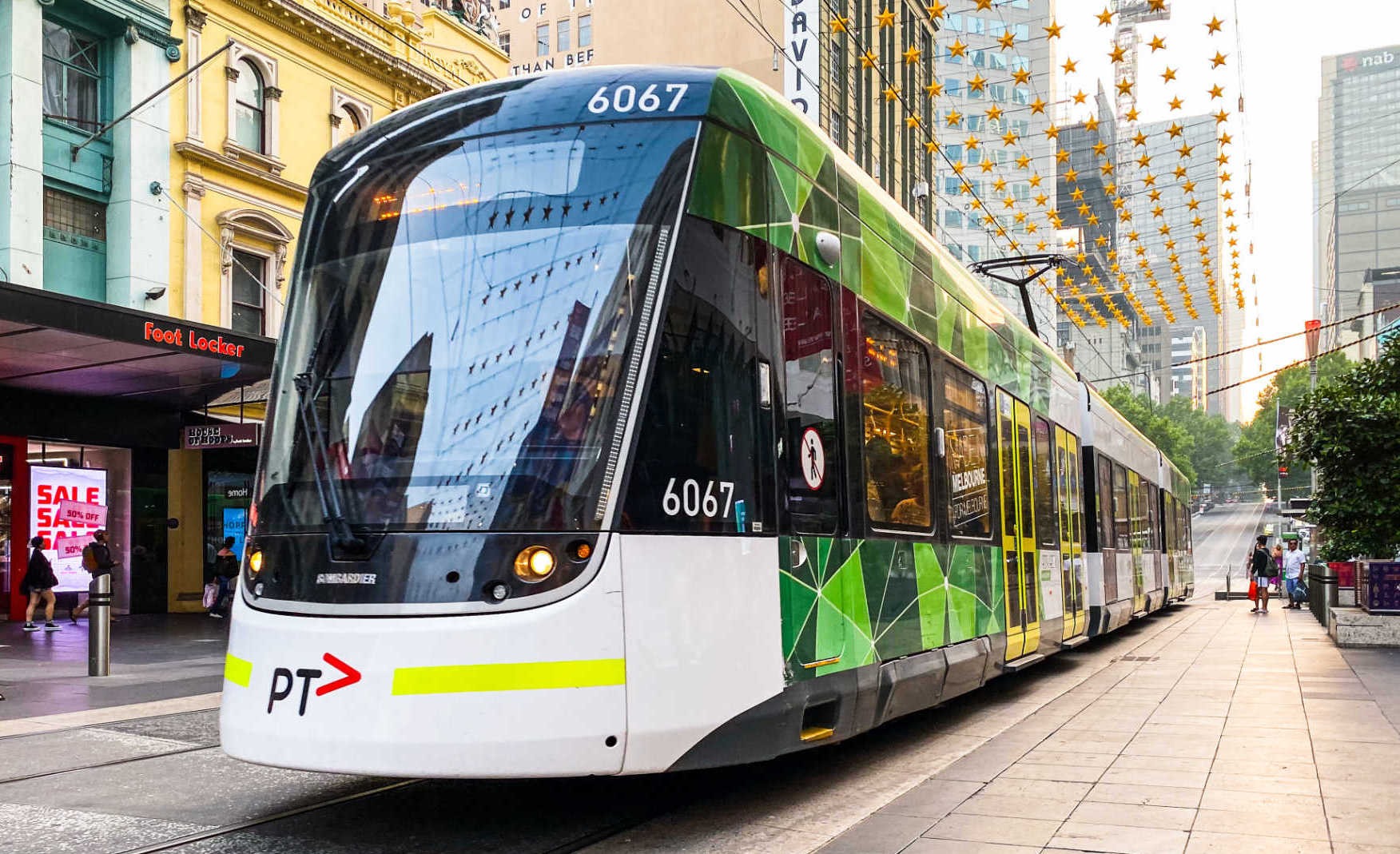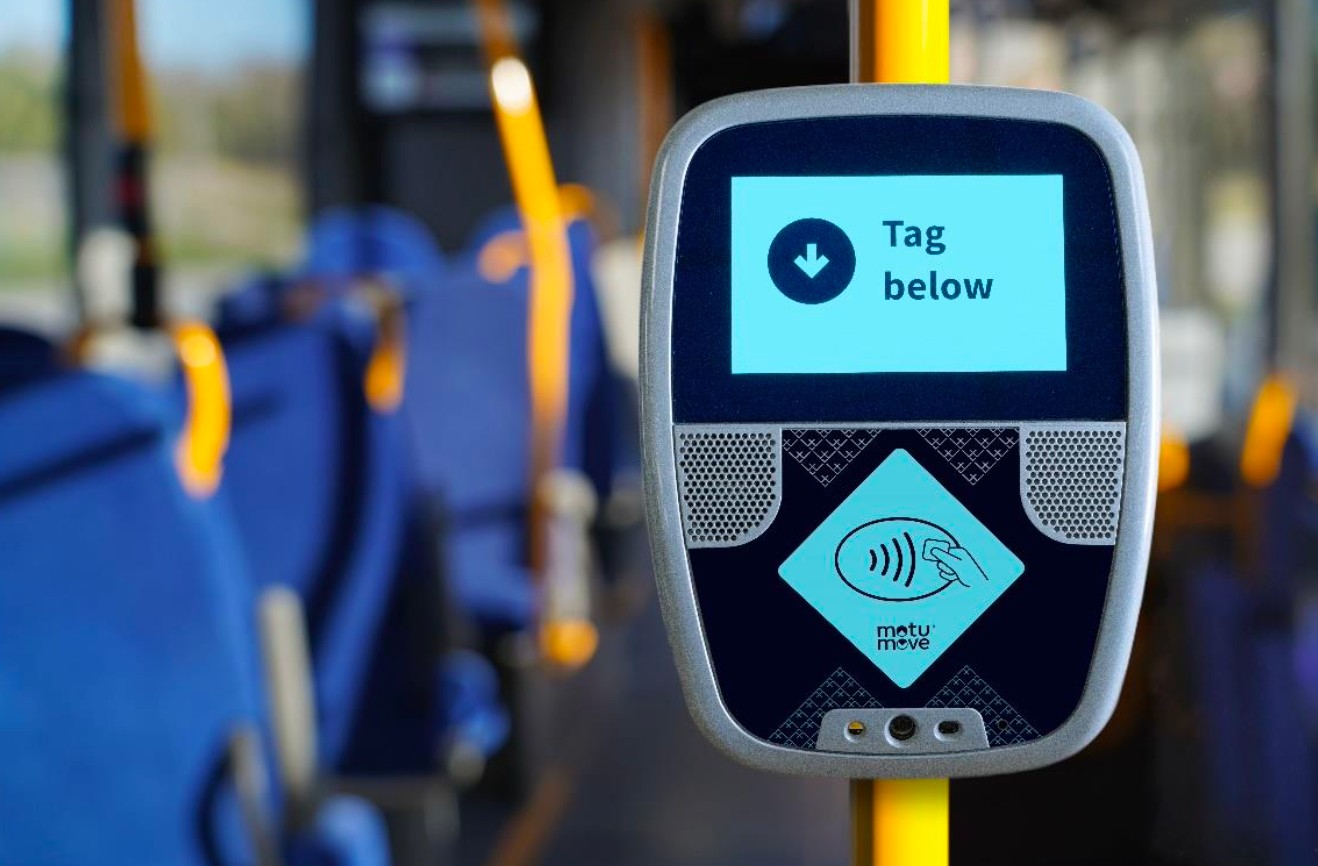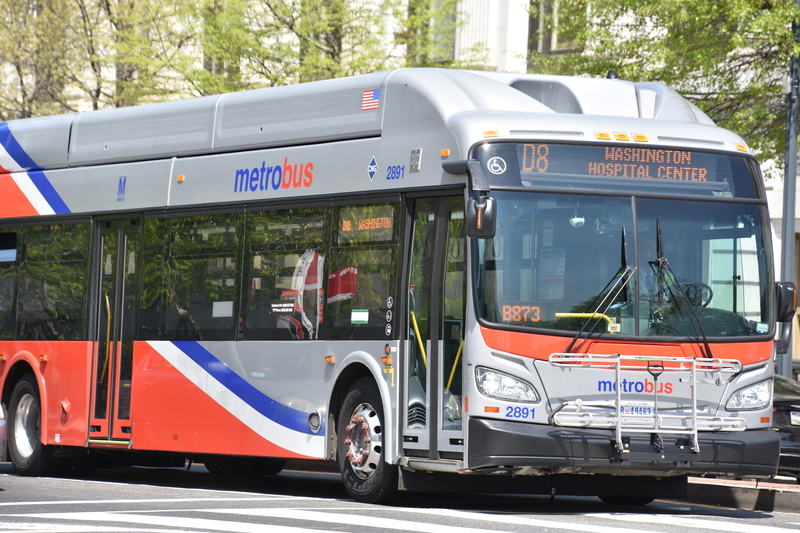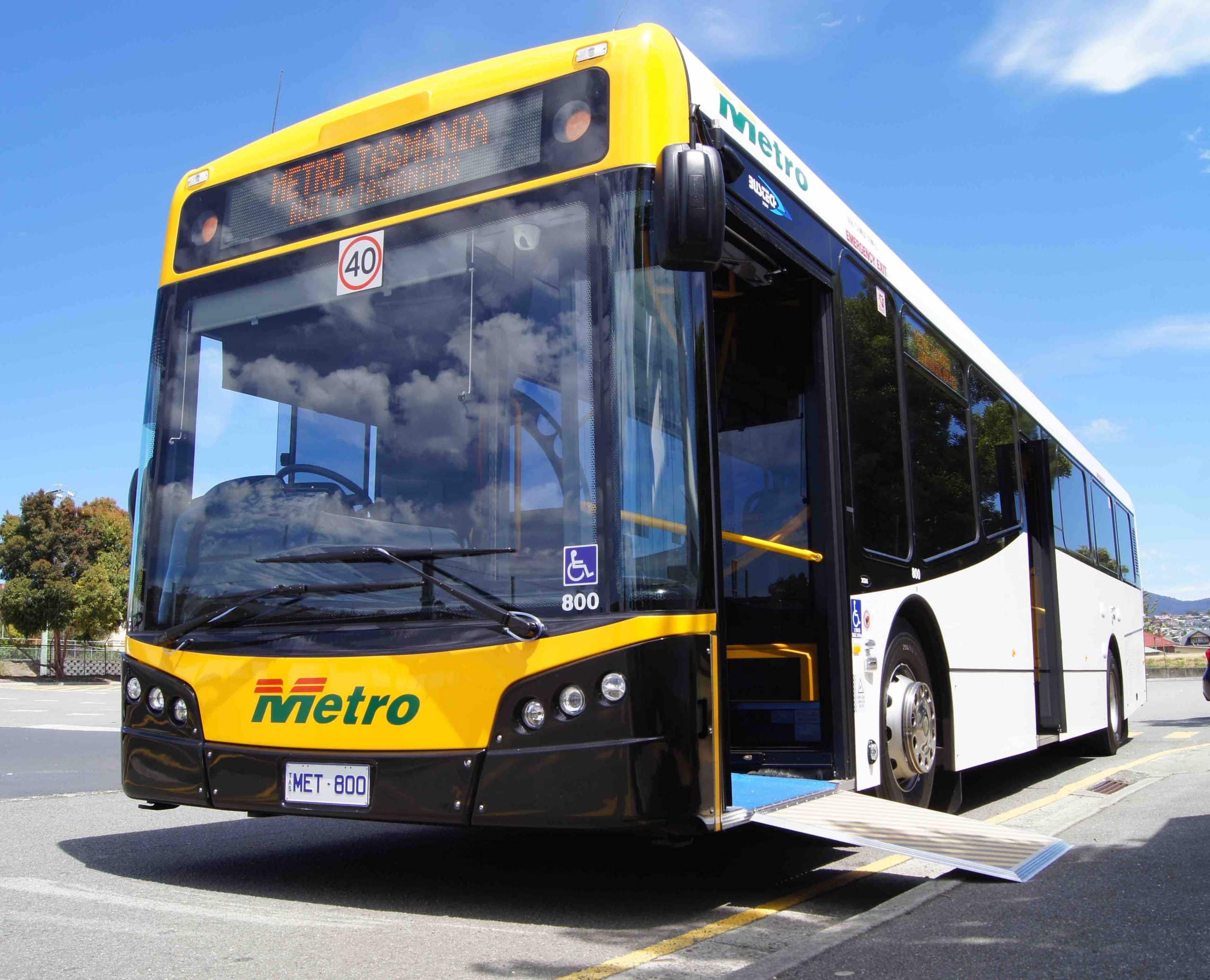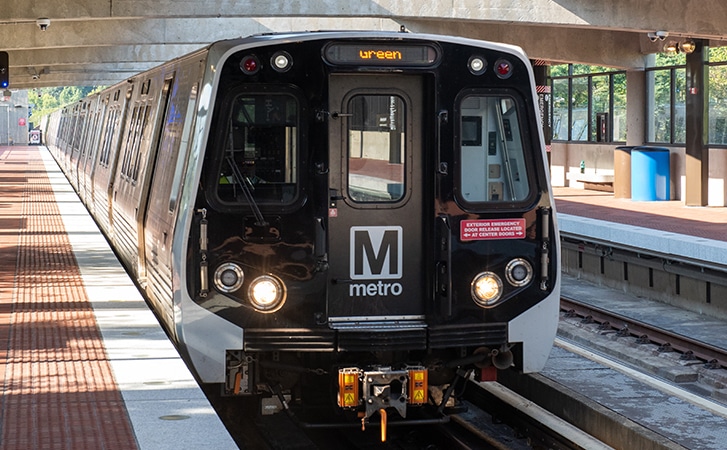
Article Highlights
Mobility as a service has failed to take off as expected. Two MaaS industry veterans, Andy Taylor, senior director, global strategy, for Cubic Transportation Systems; and Sampo Hietanen, CEO of MaaS Global, developer of the pioneering Whim app; debate who should control MaaS and how they should go about it.
Singapore-based mobilityX fully shut down its Zipster MaaS app recently; and Finland-based Kyyti Group, provider of white-label MaaS platforms, also recently filed for bankruptcy.
• Cubic
• MaaS Gloabal
Andy Taylor, senior director, global strategy for Cubic Transportation Systems contended that the MaaS market is at a crossroads and could fail if it doesn’t change course, including putting cities and public agencies firmly in the “driving seat” of MaaS apps.







